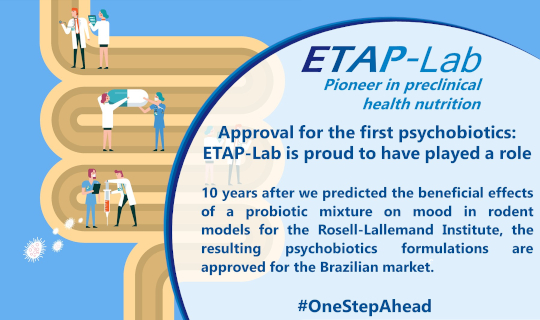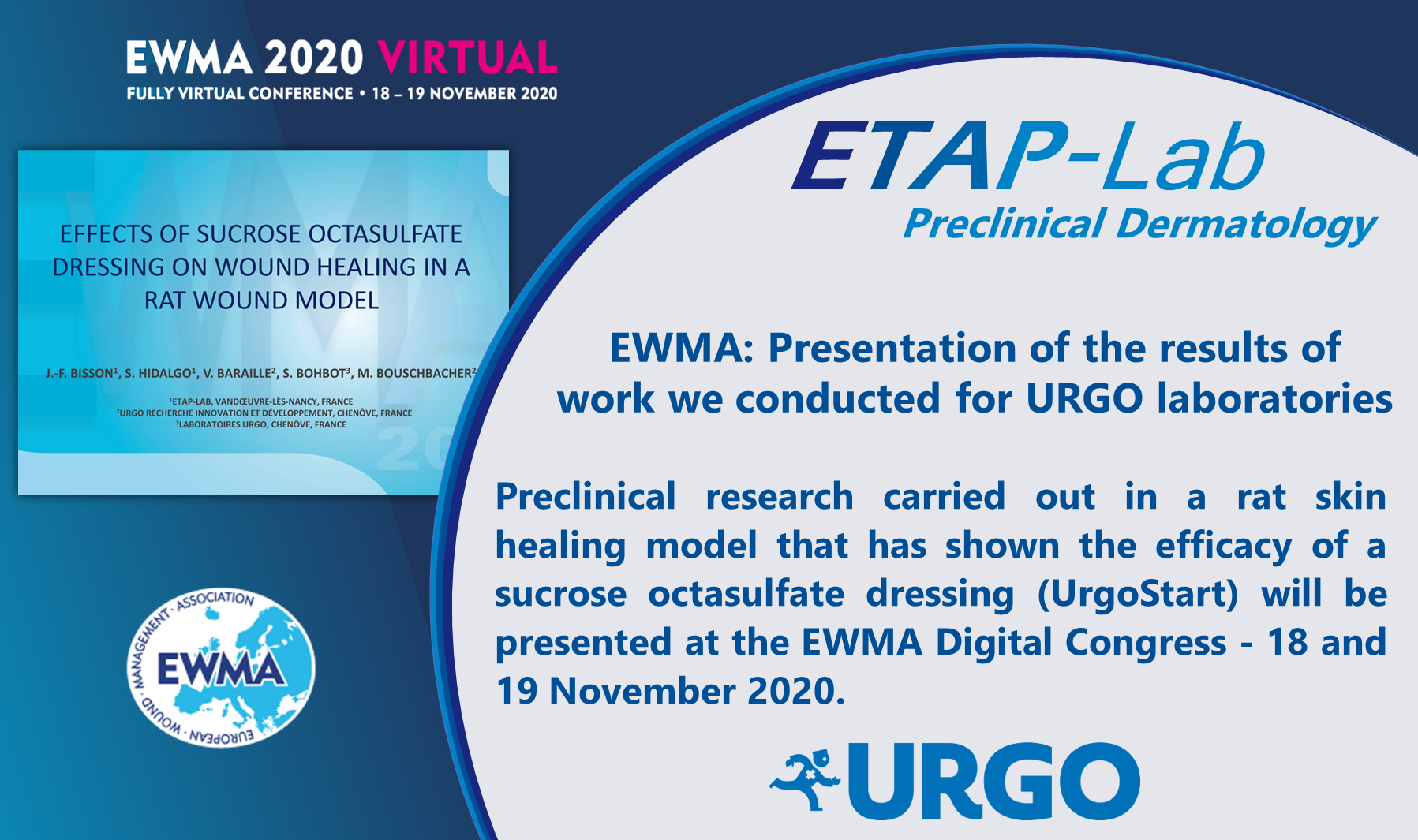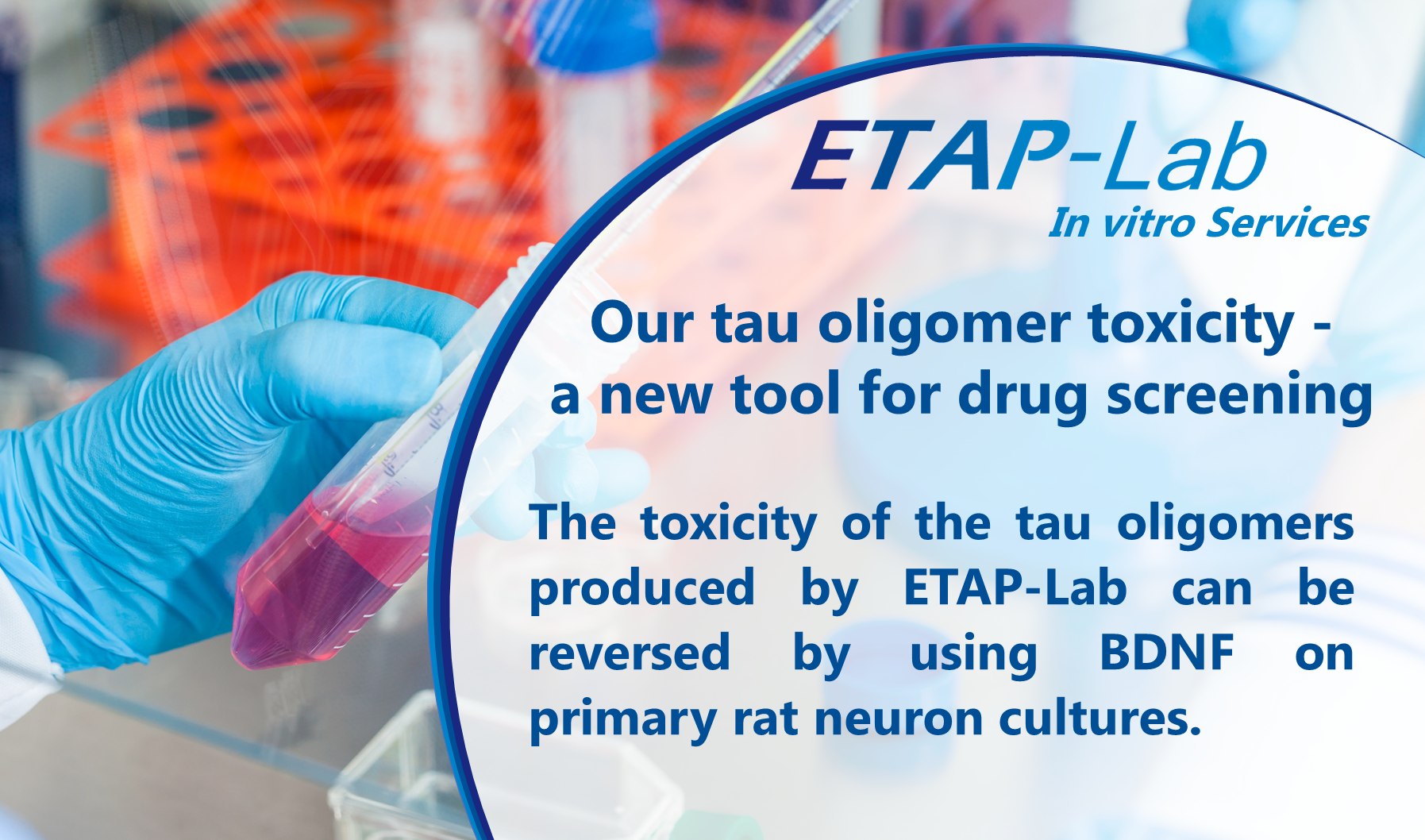Approval for the first psychobiotics: ETAP-Lab is proud to have played a role
In partnership with Lallemand Health Solutions, Aspen Farmacêutica is bringing the first psychobiotic formulation for the gut-brain axis to the Brazilian market. The two finished products are Probid and Probians and contain two strains of probiotics for which the following claims are now approved: Lactobacillus helveticus Rosell-52 and Bifidobacterium longum Rosell-175 may contribute to the reduction of feelings of anxiety in healthy individuals. Lactobacillus helveticus Rosell-52 and Bifidobacterium longum Rosell-175 contribute to the reduction of gastrointestinal complications (such as abdominal pain and nausea/vomiting) brought on by light
New hope for Alzheimer’s disease: what’s combining therapeutic strategies all about?
Evidence from various studies indicates that Alzheimer's Disease (AD) develops as a result of interaction between multiple complex and overlapping pathophysiological pathways, suggesting that a pharmacological treatment with a combinatorial approach may be more beneficial than monotherapy. AD currently represents the most common form of dementia in elderly people, and with rising life expectancy the number of patients suffering from AD is expected to increase over the coming years, reaching 132 million by 2050 (World Alzheimer Report). The causes of AD are
Tau Clinical Trials – What can be learned from failure?
On the basis of the amyloid hypothesis of Alzheimer’s Disease (AD), most of the clinical trials conducted have concerned Aβ clearing therapy. Because of multiple failures in anti-amyloid clinical drug trials, more attention has been drawn to therapies targeted at tau in AD drug development. Disease-modifying therapies for AD and other tauopathies are targeting post-translational modifications, tau aggregation, microtubule stabilization, regulation of tau expression and tau clearance (immunotherapies). ClinicalTrials.gov currently lists about 120 studies targeting tau as a treatment for
6 reasons to include tau oligomers in your R&D strategy for the treatment of Alzheimer’s Disease
As its name suggests, the microtubule-associated protein tau is known mainly for its role in stabilising the microtubules, thus contributing to maintenance of the axonal transport mechanisms essential to the survival of neurons. However, the physiological roles of tau are not limited to this function alone; tau is also involved in synaptic plasticity as well as in the regulation and protection of the genome . As we shall discuss in this article, changes in the functions of tau work together
Tau oligomers: a new tool for drug discovery in AD
One common pathological hallmark of neurodegenerative disease (ND) is the aggregation and accumulation of misfolding proteins, resulting in neuronal dysfunction and brain damage. A growing body of literature suggests that amyloid oligomers (including tau) are the root cause of ND. Significant investment has been made in drug development. However, no curative molecule is currently available on the market. This may be due to several factors - most notably to flawed preclinical research in which the use and outcome of animals
EWMA: Presentation of the results of work we conducted for URGO laboratories
Preclinical research carried out in a rat skin healing model that has shown the efficacy of a sucrose octasulfate dressing (UrgoStart) will be presented at the EWMA Digital Congress - 18 and 19 November 2020. We were able to show that the accelerated healing achieved by use of the innovative UrgoStart dressings was linked to faster and denser reconstruction of the local vascular network, in comparison with control conditions in rats. These results, invaluable for URGO laboratories, have made it possible
Our tau oligomer toxicity – a new tool for drug screening
The toxicity of the tau oligomers produced by ETAP-Lab can be reversed by using BDNF on primary rat neuron cultures. BNDF applied at the same time as tau oligomers significantly and reproducibly reduced cell mortality. Incubation of cortical neurons with Tau monomers, TauO and TauO+BDNF. TauO decreased quite significantly cell viability (*; p<0.01), while monomers showed no neurotoxic effect. Incubation with BDNF significantly reversed TauO-induced neurotoxicity (#; p<0.01). Data are expressed as percent of vehicle (set at 100%) and represent the mean ± SD. (N=3, n=12). This tauopathy model is now





